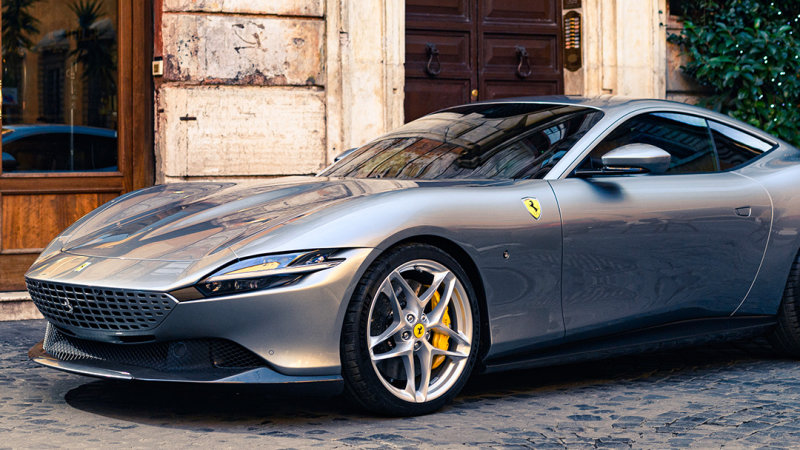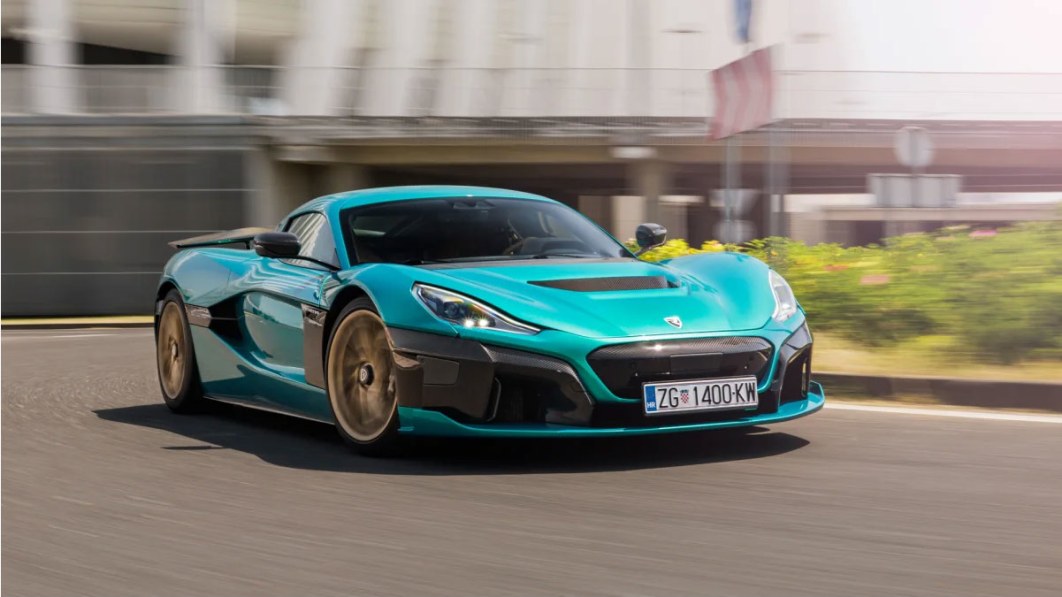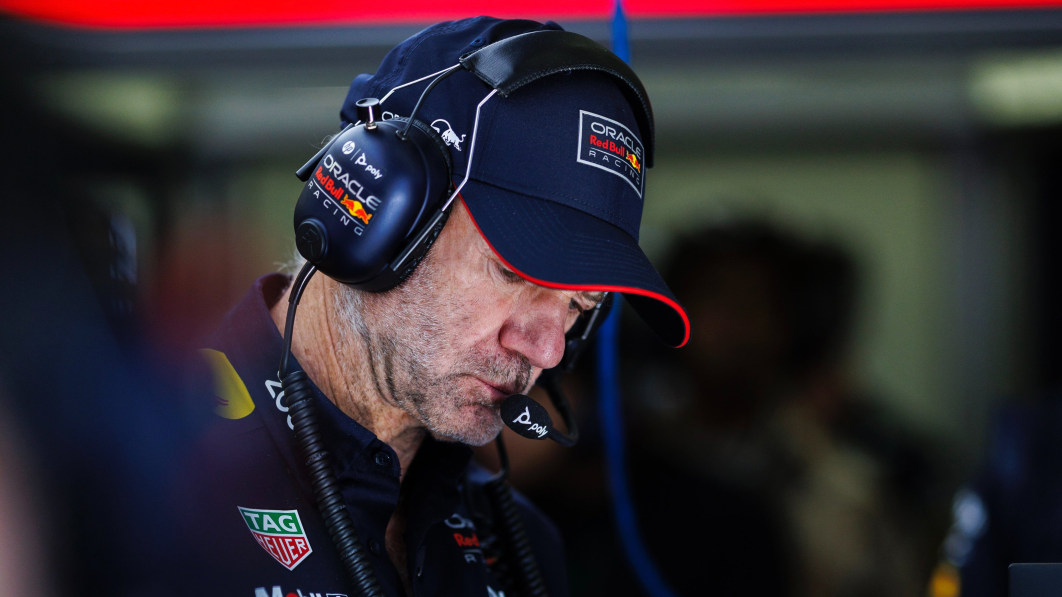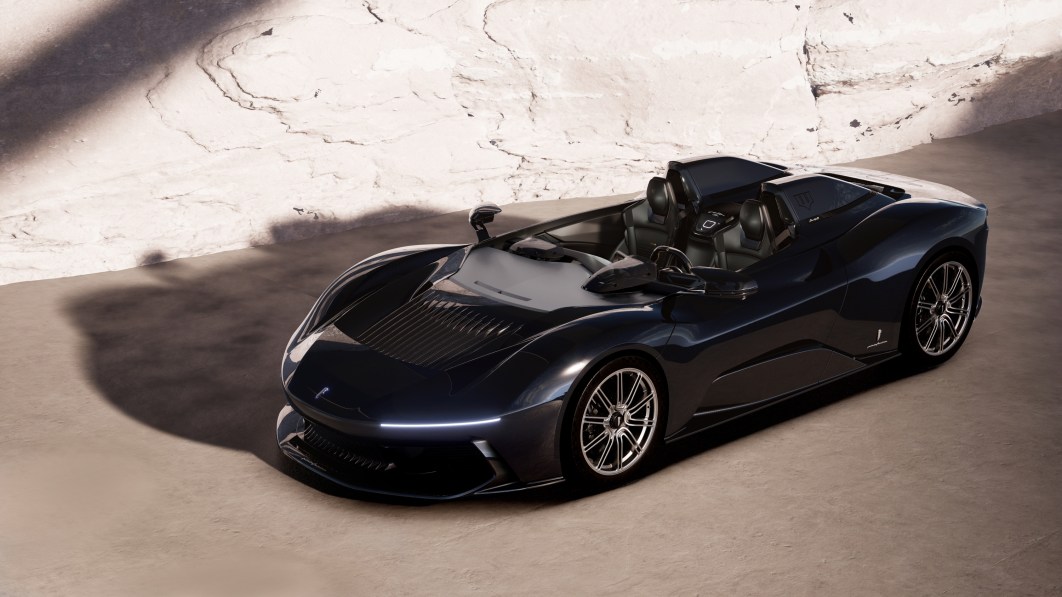To create the Roma, Ferrari started with the platform used for the Portofino convertible. Engineers strengthened and lightened the architecture and made it modular, so that it will support the company’s range of front-engined vehicles included in CEO Louis Camilleri’s near-term product roadmap of 15 new vehicles over the next three years. Auto Express reports one of those products will be the Purosangue SUV – or FUV, Ferrari Utility Vehicle if you heed the carmaker’s marketers – expected to debut in 2021 before going on sale in 2022 or 2023. The breadth of possibility built into the platform means it can swallow Ferrari’s range of V8 and V12 engines, as well as the coming V6, plus plug-in hybrid equipment and all-wheel drive mechanicals.
Although observers figure a V12 Purosangue will grace the lineup eventually, models with smaller engines braced with hybrid assistance are expected first. The V12, in fact, is unlikely to get a hybrid form if Ferrari can help it, the brand’s marketing manager saying, “To be honest, electrifying a V12 means creating, very probably, a heavy and big car. So electrification ideally should be coupled with smaller engines.” Absent Ferrari’s righteous 6.5-liter V12, Ferrari’s head of technology says there will be other ways the vehicle codenamed “175” distinguishes itself from V8-powered super-SUV competition, but wouldn’t clarify what those ways are.
We’ll guess the people-hauler slots into the company’s GT vehicle classification alongside the GTC4Lusso, Portofino, and Roma. In the next decade, the GT category grows with a new supercar that marks “the return of an elegant model” cued off classic, mid-20th-century Ferrari Gran Turismos, as well as a battery-electric car after 2025. The Sport Range includes the 812Superfast and 812 GTS, 488 and 488 Pista, and SF90 Stradale. The Icona line kicked off with the Monza SP1 and SP2, and will expand with “timeless design[s] of iconic Ferraris reinterpreted with innovative materials and state of the art technologies.” One-offs like the F12 TRS, SP12 EC and SP38 form the Special Series. The carmaker’s entire range will be split across two modular platforms, one for front-engined placement, one mid-engined.
At the pointy end of the product roadmap, it’s thought Ferrari’s already begun development of its LaFerrari successor. Said to use a naturally-aspirated V12 without electric help, it will produce less output than found in the 986-horsepower, hybrid-V8-powered SF90, while at the same time Ferrari says the new model will be faster than the hybrid-V12-powered LaFerrari. Due sometime after 2022, the new small-run screamer will focus on lightness, controllability and aerodynamics.




